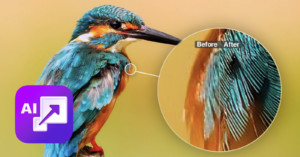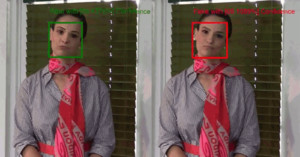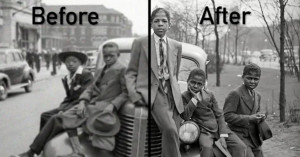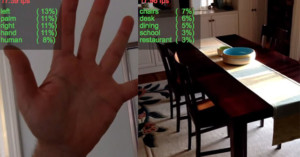
New Canon AI Image Processor Fixes Most Major Digital Photo Issues
Canon has showcased a neural network, deep learning-powered image processing technology that can dramatically improve image quality in three areas: noise, color, and lens imperfections such as aberrations or blur.





















